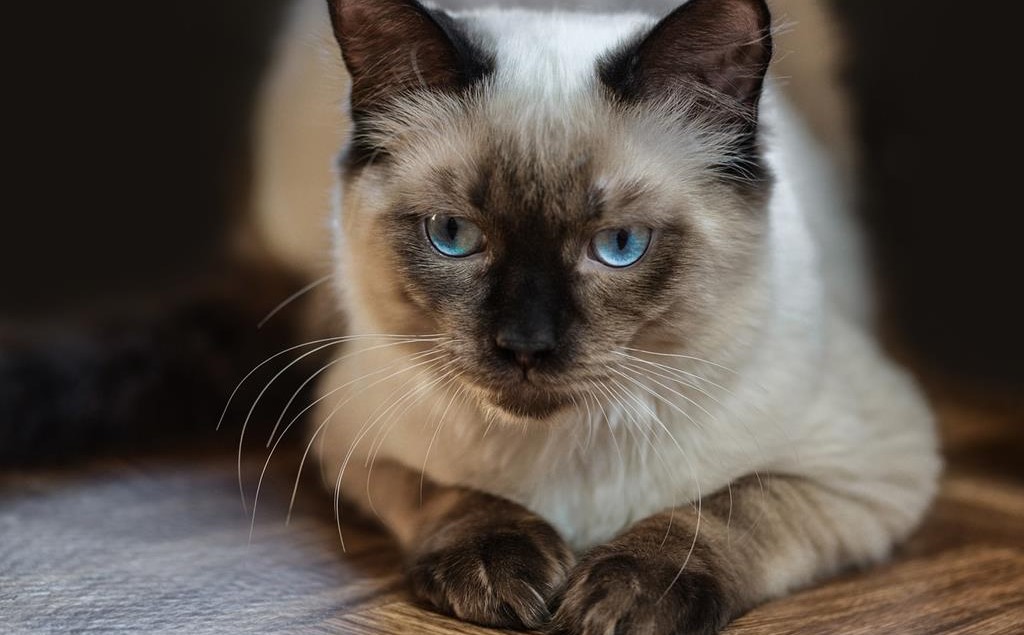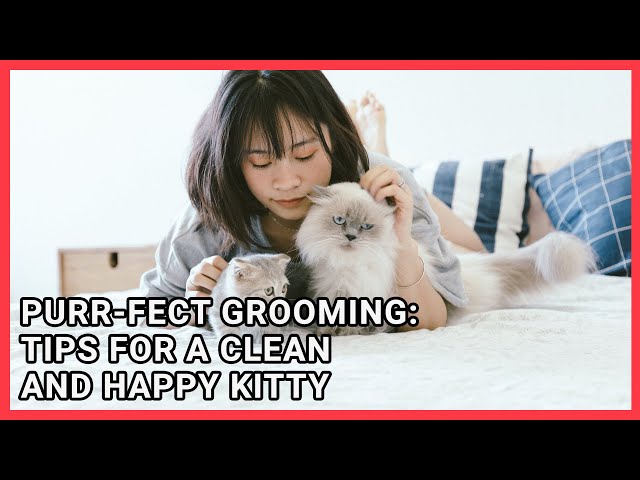For individuals who suffer from allergies but still dream of sharing their lives with a feline companion, the term “hypoallergenic” holds significant appeal. Among the many breeds, Ragdoll cats are often brought into the conversation. Are Ragdoll cats hypoallergenic? In this article, we’ll explore the truth behind this commonly asked question and shed light on what it means for allergy-prone individuals.
Understanding Hypoallergenic: The term “hypoallergenic” refers to substances, in this case, cats, that are less likely to cause allergic reactions in susceptible individuals. While no cat is completely allergen-free, certain breeds are believed to produce fewer allergens or provoke fewer allergic reactions than others.
The Reality with Ragdoll Cats: It’s important to note that while Ragdoll cats are not considered hypoallergenic in the strictest sense, their unique characteristics may make them more tolerable for some allergy sufferers:
1. Reduced Dander: Ragdoll cats are known for having a semi-long coat that produces less dander compared to shorter-haired breeds. Dander, which consists of tiny skin particles, is a common allergen trigger. While Ragdolls do shed, their longer fur might help trap some of the dander, potentially reducing its dispersal in the environment.
2. Gentle Grooming Habits: Ragdolls are meticulous groomers and often keep their coats relatively clean. Regular grooming sessions, which can help reduce shedding and dander, are a positive factor for allergy-prone individuals.
3. Low Aggressiveness in Grooming: Unlike some cats that might groom themselves aggressively, causing more dander to be released into the air, Ragdolls tend to be more gentle in their grooming habits, which could contribute to fewer allergens being spread around.
4. Individual Sensitivities Vary: Allergies are highly individualized, and what triggers reactions in one person may not affect another to the same extent. Some individuals with cat allergies may find that they can coexist more comfortably with Ragdoll cats compared to other breeds.
Managing Allergies: If you’re considering bringing a Ragdoll cat into your home and have allergies, there are steps you can take to manage your symptoms:
- Regular Grooming: Brush your Ragdoll cat’s coat regularly to reduce shedding and dander. This practice can help minimize allergen exposure.
- Allergen-Reducing Products: Invest in high-efficiency particulate air (HEPA) filters for your home’s air purifiers and vacuum cleaners. These filters can help capture allergens and improve indoor air quality.
- Personal Care: Wash your hands and change clothes after interacting with your cat. This can prevent the transfer of allergens to your face and reduce the risk of allergic reactions.
- Consult a Medical Professional: If you’re considering adopting a Ragdoll cat and have allergies, consult with an allergist or immunologist. They can offer personalized advice and suggest strategies to manage your symptoms.
Conclusion: While Ragdoll cats are not hypoallergenic in the strictest sense, their unique characteristics and grooming habits may make them more manageable for individuals with allergies. However, every person’s allergies are different, so spending time with a Ragdoll cat before making a decision is recommended. Remember that proper care, hygiene practices, and consulting medical professionals are essential steps for anyone considering adding a furry friend to their home while managing allergies.



